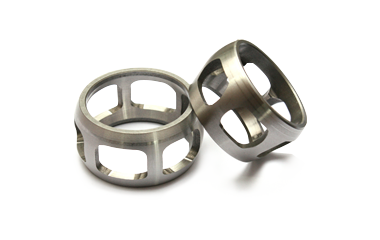The CV joint cage, also known as the race or inner race, is a critical component of a vehicle's constant velocity (CV) joint. It plays a significant role in the drivetrain system, transmitting power from the engine to the wheels and allowing the wheels to turn at different angles.
In this article, we will take a closer look at the CV joint cage and its function, the types of cages available, and the signs of a failing CV joint cage.
A CV joint is a complex mechanism that connects the vehicle's driveshaft to the wheels. It allows the driveshaft to rotate while also accommodating the up-and-down motion of the suspension. The CV joint cage is a key component of this mechanism, acting as a barrier between the ball bearings and the outer race.
The CV joint cage consists of a series of six or eight steel balls or rollers that are held in place by a metal cage. The cage ensures that the balls or rollers stay in place and move in the same direction. As the CV joint rotates, the cage transfers power to the wheels through the driveshaft.
Types of CV Joint Cages
There are two main types of CV joint cages: the solid and the sliding type. Solid cages are typically found in heavy-duty vehicles and high-performance cars. They are made of a single piece of steel and are designed to handle the increased torque and power generated by these types of vehicles.
Sliding cages, on the other hand, are commonly found in passenger cars and light-duty vehicles. They are made up of two or more pieces of steel that slide against each other, allowing the cage to expand and contract as the CV joint rotates.
Signs of a Failing CV Joint Cage
If the CV joint cage fails, it can cause significant damage to the drivetrain system, resulting in costly repairs. Some of the signs of a failing CV joint cage include:
Clicking or popping noises when turning
Vibrations or shuddering while driving
Grease on the inside of the tire or wheel
Difficulty turning the steering wheel
If you notice any of these signs, it is important to have your vehicle inspected by a professional mechanic. Ignoring the problem could result in a complete failure of the CV joint, leaving you stranded on the side of the road.
The CV joint cage plays a crucial role in the operation of your vehicle's drivetrain system. It is essential to keep it in good working condition to ensure the safety and performance of your vehicle. Regular maintenance and inspections can help identify any issues with the CV joint cage before they turn into more significant problems. If you suspect that your CV joint cage is failing, don't hesitate to have it inspected by a qualified mechanic.
